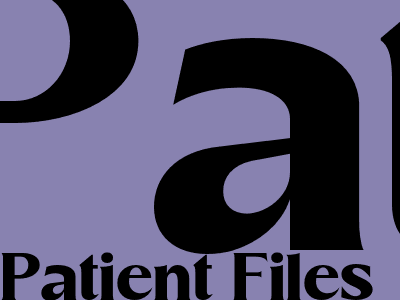
Patient Files
Understanding Patient Files: A Comprehensive Guide for Healthcare Professionals
Introduction
Patient files are essential records that document a patient's medical history, treatments, and progress. They provide a valuable source of information for healthcare professionals and are often used for diagnosis, treatment planning, and research purposes. Maintaining accurate and complete patient files is crucial for ensuring the best possible care for patients.
Establishing and Maintaining Patient Files
* **Establish a system for creating and organizing patient files:** Determine the type of information to be included, the format of the records, and the storage location. * **Collect patient information efficiently:** Use intake forms, interviews, and examinations to gather relevant medical, demographic, and insurance data. * **Document patient encounters accurately:** Include objective findings, subjective complaints, treatment plans, and outcomes. * **Maintain confidentiality:** Protect patient privacy by limiting access to files only to authorized personnel and adhering to HIPAA regulations.
Key Components of Patient Files
* **Identifying information:** Patient name, date of birth, address, contact information, and unique medical record number. * **Medical history:** Past and present medical conditions, surgeries, hospitalizations, allergies, medications, immunizations, and family history. * **Physical examination findings:** Height, weight, vital signs, skin appearance, heart and lung sounds, abdominal exam results, and other relevant observations. * **Laboratory and imaging results:** Blood work, urine tests, X-rays, CT scans, MRIs, and other diagnostic tests. * **Progress notes:** Documentation of patient visits, including symptoms, treatment plans, and changes in condition. * **Treatment plans:** Prescriptions, referrals to specialists, rehabilitation recommendations, and any other prescribed interventions.
Using Patient Files Effectively
* **Diagnosis and treatment planning:** Review patient files to gather information about past diagnoses, treatments, and outcomes to inform decision-making. * **Communication among healthcare providers:** Share patient files securely with other healthcare professionals involved in the patient's care to ensure continuity and coordination. * **Quality improvement and research:** Analyze patient data to identify patterns, assess outcomes, and improve healthcare practices. * **Legal and ethical considerations:** Patient files may be subpoenaed as evidence in legal proceedings, so it's crucial to maintain accurate and complete records.
Conclusion
Patient files are essential tools for providing high-quality healthcare. By establishing a comprehensive system for creating, maintaining, and using patient files, healthcare professionals can ensure the best possible care for their patients. Accurate and complete patient files facilitate accurate diagnosis, effective treatment planning, and improved communication among healthcare providers.
Komentar